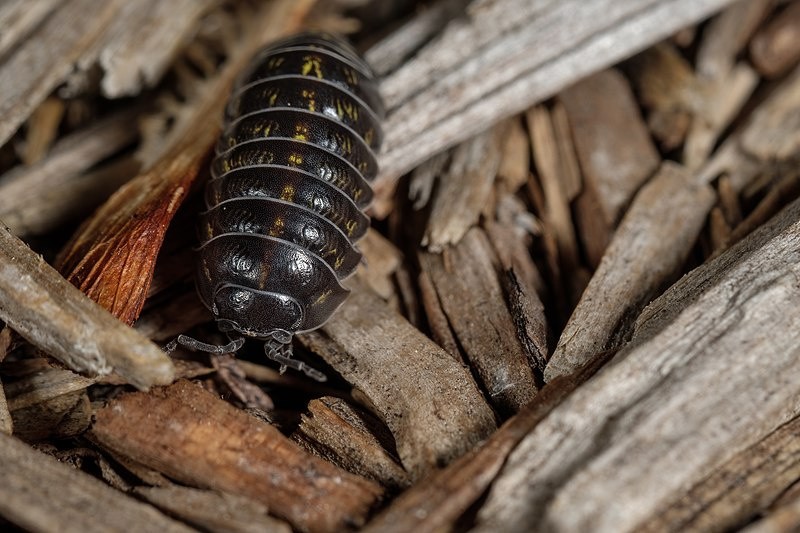A swarm of slater bugs was reported to be moving across the Australian Outback.
The swarm consistsedof thousands of slater bugs, which appeared to have covered almost the red dirt of the field.
A recent rainfall might have triggered the swarm; possibly related to the seasonal migration of the bugs.
Bug Swarm

AccuWeather reported that a viral video from Instagram posted on March 14 shows that a swarm of thousands of slater bugs was moving across the Australian Outbreak, near the town of Quilpie, Queensland, located approximately 600 miles west of Brisbane.
The swarm of bugs might have been triggered by a recent rainfall in rural Australia, by anticipation of an upcoming rainfall, or other bug-related reasons, according to Wendy Sheehan, Instagram video author, as cited by AccuWeather.
What is a Slater Bug?
Slater bugs or slaters are also known as pill bugs, roly-poly, sowbugs, and woodlice which can be found across Australia.
Slaters are described as scavengers and only eat decaying organic matter, according to Cesar Australia, an independent research organization based in Brunswick, Australia.
The pill bugs are considered to be a common pest in crops in the country.
The presence of the bugs also causes damage to crops and pastures in Australia, notably in the Wimmera and Western Districts of Victoria; Mid North and Yorke Peninsula of South Australia; and central New South Wales.
The multi-legged slater bugs are part of the crustacean group and their physical features resemble other bugs belonging to the Armadilliidiidae family.
These crustacean bugs are also known for their ability to curve their body into a ball shape.
Furthermore, the small roly-poly bugs also spend their lives on land and are not considered lethal, and do not pose a threat to humans.
The bugs are not known for carrying any virus or disease. However, slater bugs and other swarms can significantly affect humans if they come in large numbers.
Other Swarm Cases
The pill bug swarm in Australia is only one of the many cases of swarms worldwide.
Generally, swarms mostly result in catastrophic damage to crops and property. Other cases of swarms result in fatalities and injuries.
A swarm typically occurs when a significant large number of insects, such as a bee swarm, gather together and move across far distances, notable passage through agricultural lands.
Some of the main causes of a swarm are related to mating and climate.
Agricultural damage, including on crops and other vegetation, is often reported during a swarm.
In East Africa, locust swarms had ravaged several countries in the region, including Ethiopia, Kenya, Somalia, and Uganda in 2020, resulting in severe agricultural and economic damage, as per the BBC.
Furthermore, related swarms also occurred in countries within South Asia such as India and Pakistan and countries in the Middle East like Iran, Oman, Saudi Arabia, and Yemen.
The BBC highlighted that a swarm is called a plague when large numbers of insects affect multiple countries.
In the United States, millions of winged-insect cicadas covered the D.C. area and its surrounding regions in June 2021.
The critters were detected by Doppler weather radars which usually track storms as they covered the eastern portion of the US, as per The Washington Post.
Related Article: Newly Discovered Chirping Millipedes are in Danger
© 2025 NatureWorldNews.com All rights reserved. Do not reproduce without permission.

